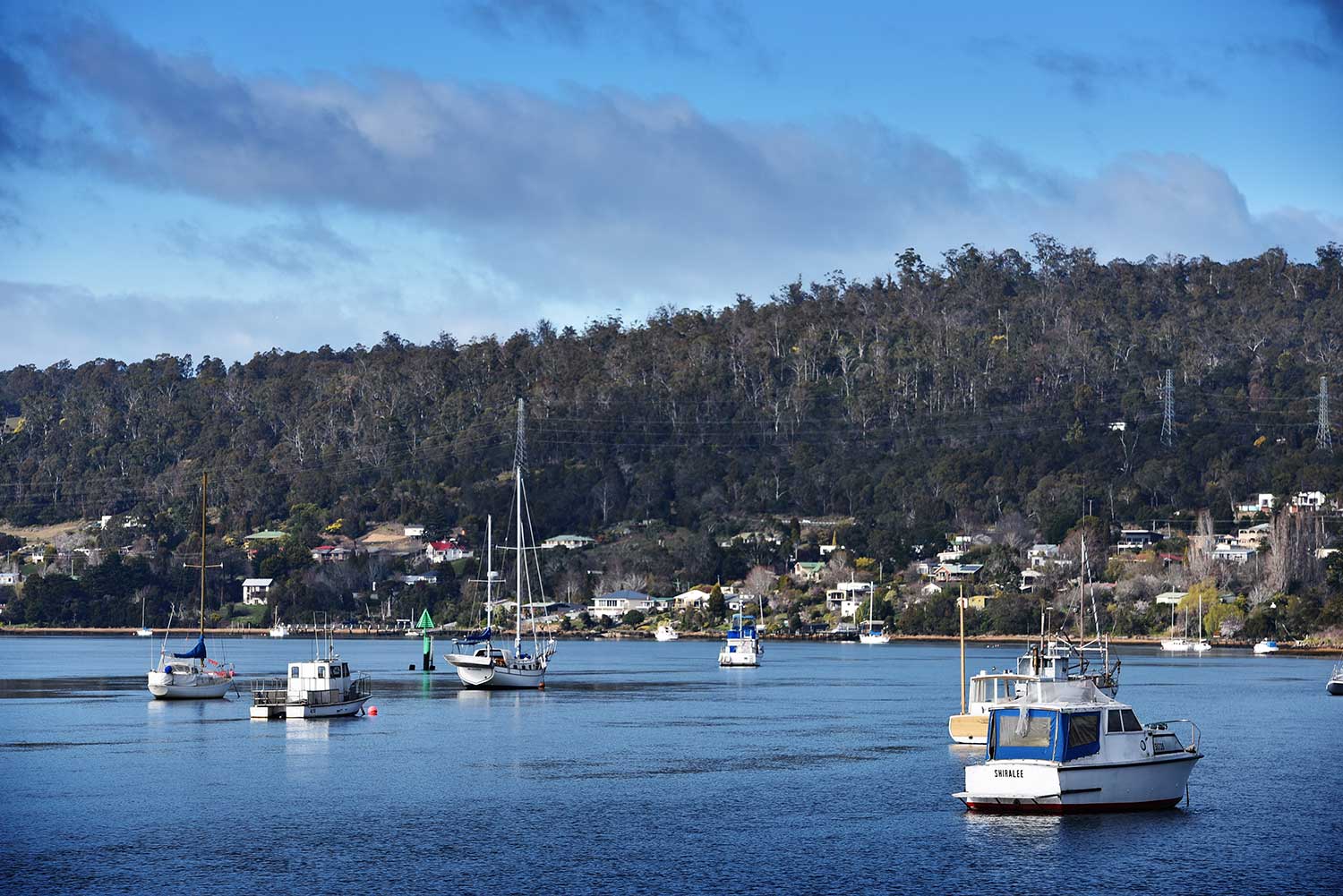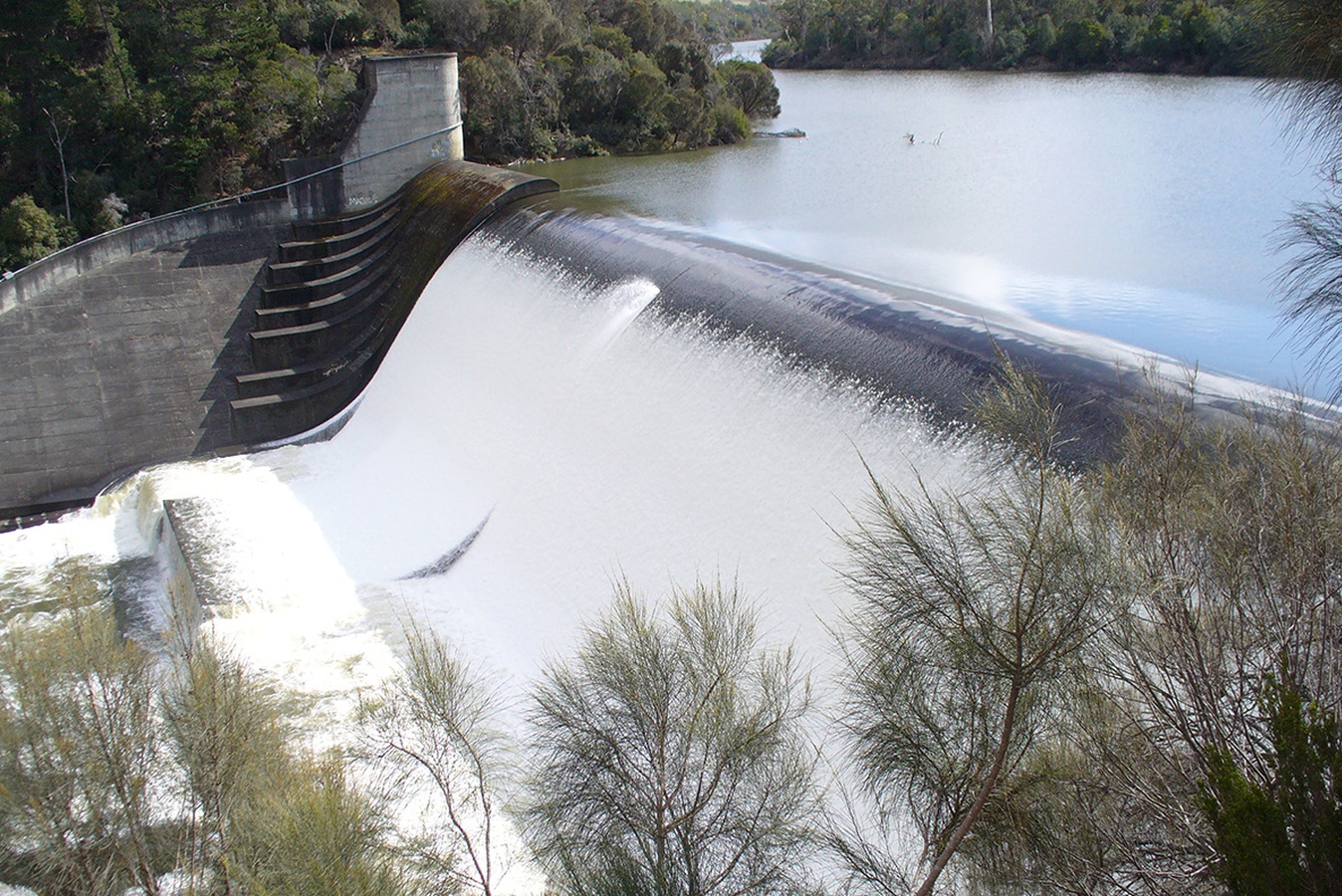The final sedimentation report was endorsed by the Taskforce in June 2021. The report helped to helped to inform the development of the draft vision for the future of the kanamaluka/Tamar Estuary.

Sediment Review
There is strong community interest in future options for the management of sedimentation in the estuary. Following the end of raking, sediment has reaccumulated into mudflats and is again visible at low tide. These changes have led to renewed community concern over sedimentation. These community concerns are focused on three key issues - the impacts on recreational users of the upper estuary, impacts on navigation around Home Point and the aesthetic values of the mudflats.
To provide a better understanding of the options the Taskforce commissioned the Tamar Estuary and Esk Rivers Program to conduct a review of sediment management options. The review is a scientifically robust, evidence-based and peer-reviewed assessment of a wide range of sediment management options for the estuary, including various community proposals that have been put forward in recent years. The review brought together technical experts in flood management, estuarine dynamics, ecology, engineering, and infrastructure management to evaluate the potential management options.
It is important to note that the interventions of the past were often associated with large environmental costs that would not be possible today under Australian and/or Tasmanian environmental protection legislation. Any interventions designed to enhance the sustainable use and enjoyment of this unique and valued landscape must align with broader environmental obligations.
